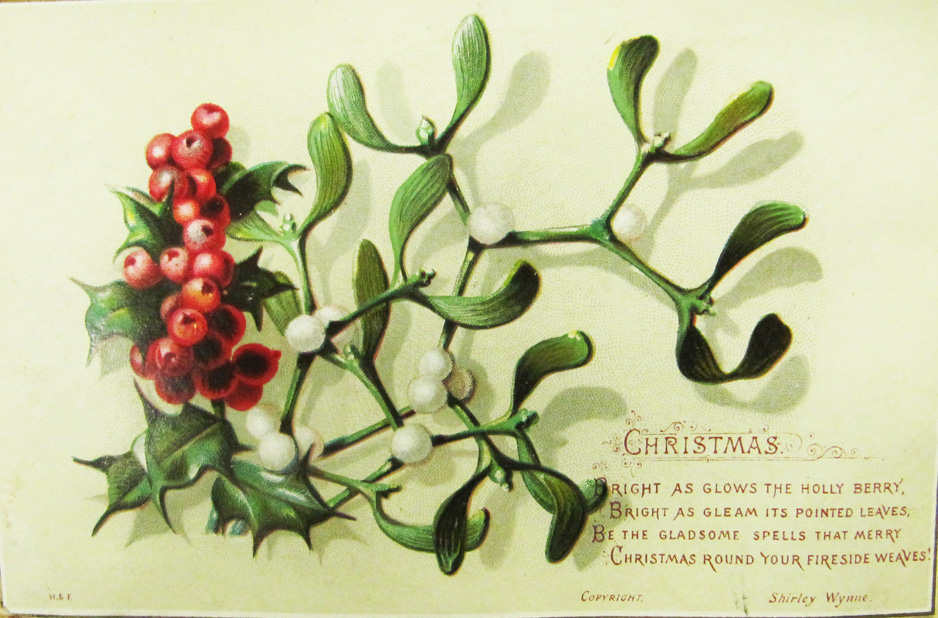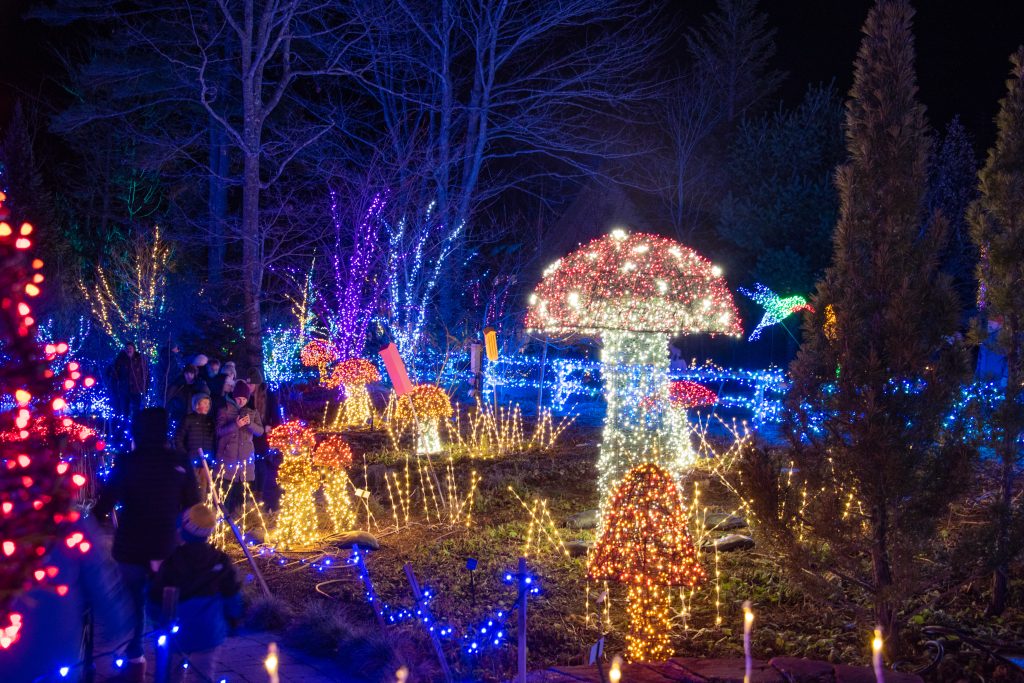At Gardens Aglow, we use LED lights in our designs be-decking our gardens and encourage others to use them, too. Not only do they last longer, they’re more reliable, more robust, far brighter, and far more energy efficient than their traditional counterparts. But with the upfront cost so much higher than the old incandescents, are they worth the investment?
How do LEDs work?
LED lights use light-emitting diodes (hence, LED), rather than filament to produce light. This technology is what gives LED lights all the efficiency props. They don’t burn out, nor do they get hot to the touch, which means they’re safe to use around your holiday trees, wreaths and garlands—indoors or out.
How much money and energy do LEDs save?
Incandescent bulbs release about 90% of their energy as heat. LEDs, on the other hand, remain cool to the touch and, according to the U.S. Department of Energy, use up to 75% less energy and last 25 times longer.
Since LED bulbs don’t burn out (they just get dimmer over time), you don’t have to replace bulbs and fuses. Just plug them in and, given that they’re properly used and stored, they should light up year after year. This low-energy usage means your holiday electric bill won’t climb sky high, even if (like us) you tend to go a bit crazy with your illuminated décor… (For example, the total KW for our 650,000 lights is 10 kWh. With a cost of 8 cents per kWh, the energy bill for an evening of Gardens Aglow is only $4.00, or $120 for the entirety of our 30-night run).
Recycling your lights:
When we decide to switch to the more durable, low fire-hazard, safer LEDs, we have to figure out what to do with our old household bulbs and holiday lights.
Rule number one: do not just carelessly throw them away. Twinkle lights, CFLs, fluorescent bulbs, and incandescents should be recycled. CFLs contain mercury, and if they are not properly discarded, they can release that mercury into the environment. Holiday light strands often contain lead, too, in the polyvinyl chloride (PVC) wire coverings—another chemical we don’t want leached into the environment.
Luckily for us, established light recycling programs know what to do with old, used, even broken lights. Not sure where to go? Both Home Depot and Lowe’s have collected Christmas lights for recycling. Check with your local store to see if it currently participates in these programs. Most True Value stores, too, will recycle CFL bulbs (but they charge $1/bulb…). Also, many home improvement stores offer trade-in programs, allowing you to turn in your old lights and receive a few dollars off of the newer, energy-efficient sets. Another great option is to check out Christmas Light Source (https://www.christmas-light-source.com/Christmas-Lights-Recycling-Program_c_210.html). They recycle lights all year round and donate recycling proceeds to buy educational books and toys which are donated to Toys for Tots.

